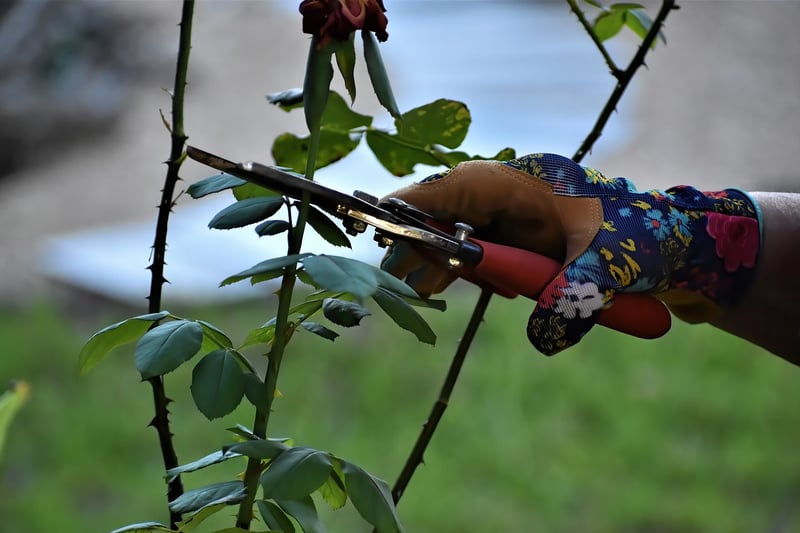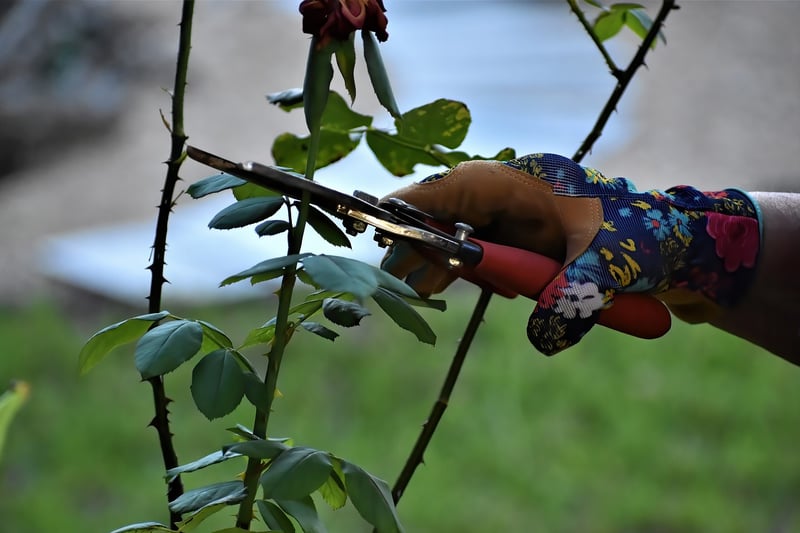Pruning Techniques
Essential Plant Care Guidance and Pruning Techniques
Introduction to Plant Care
Plants are a beautiful addition to any indoor or outdoor space, but they require proper care to thrive. Whether you are a seasoned gardener or just starting out, understanding the basics of plant care is essential for keeping your plants healthy and vibrant.
Watering
Watering is a crucial aspect of plant care. Different plants have different water requirements, so it's essential to research the specific needs of each plant in your collection. Overwatering can lead to root rot, while underwatering can cause wilting and leaf drop.
Light
Light is another vital factor in plant care. Most plants require a certain amount of sunlight to photosynthesize and grow. Place sun-loving plants in bright, indirect light and shade-loving plants in areas with filtered light.
Pruning Techniques
Pruning is the process of cutting back overgrown or dead branches to promote new growth and maintain the health of the plant. Here are some essential pruning techniques:
- Deadheading: Removing dead flowers encourages the plant to produce more blooms.
- Thinning: Removing excess branches allows for better air circulation and light penetration.
- Heading Back: Cutting back the tips of branches to encourage bushier growth.
- Crown Thinning: Removing inner branches to allow more light and air into the center of the plant.
Tools for Pruning
Having the right tools for pruning is essential to ensure clean cuts and prevent damage to the plant. Some common pruning tools include hand pruners, loppers, pruning saws, and hedge shears.
Conclusion
By following these essential plant care guidelines and mastering pruning techniques, you can help your plants thrive and grow beautifully. Remember to research the specific needs of each plant in your care and tailor your care routine accordingly.


